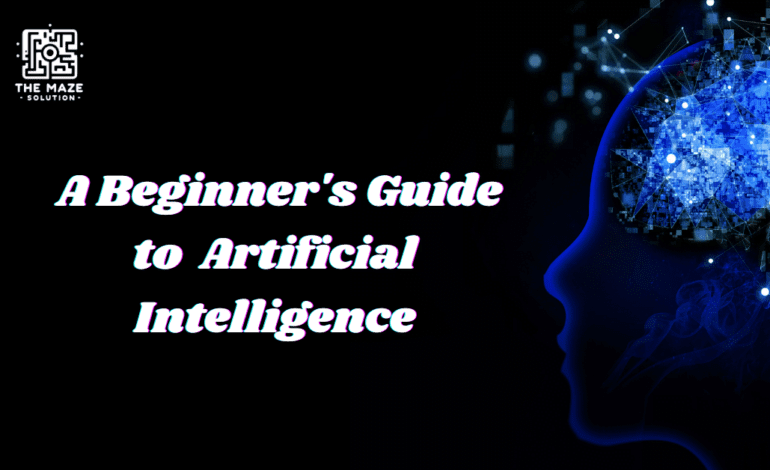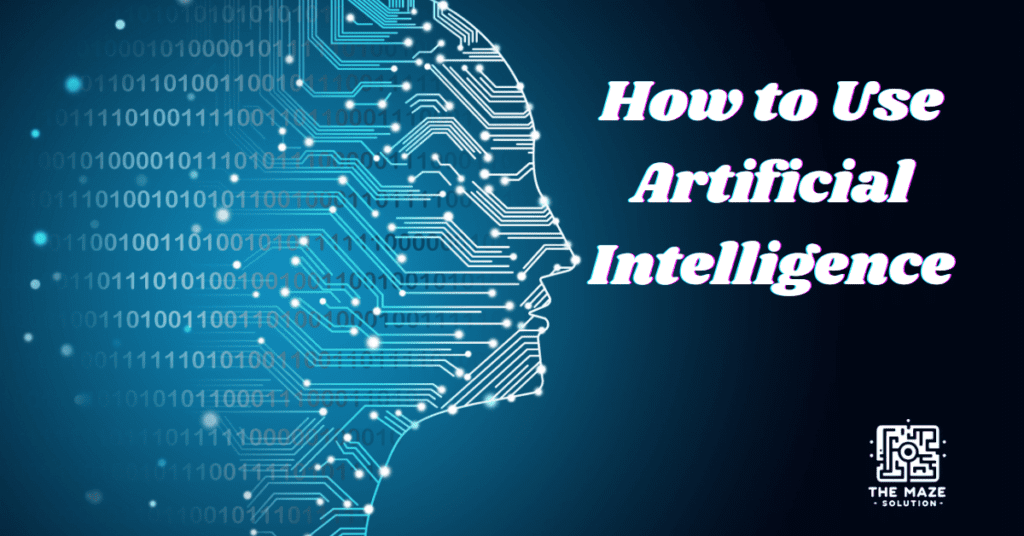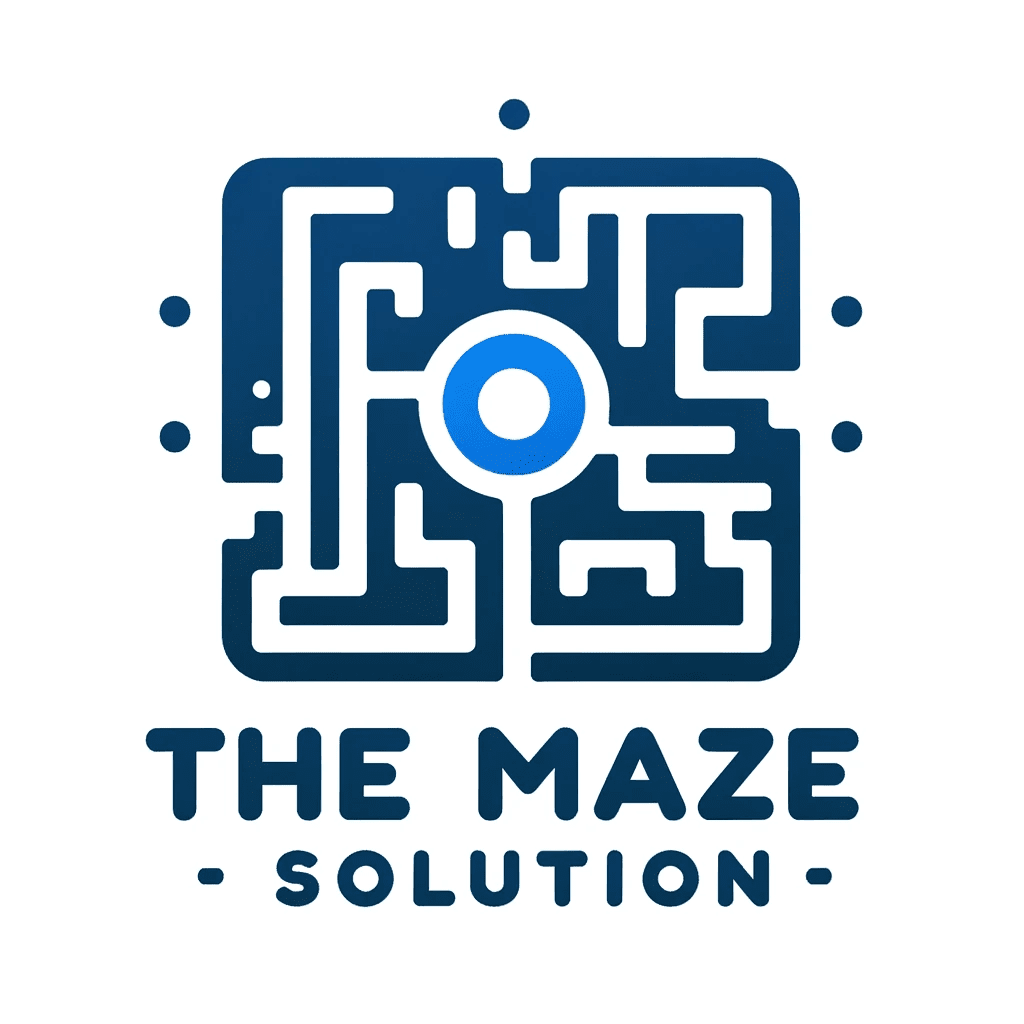Artificial Intelligence Basics: A Beginner’s Guide to AI

Introduction
Brief overview of Artificial Intelligence (AI)
Artificial Intelligence basics (AI) refers to the simulation of human intelligence processes by machines, particularly computer systems. These processes include learning (the acquisition of information and rules for using the information), reasoning (using the rules to reach approximate or definite conclusions), and self-correction. AI can be categorized into three types: narrow AI, which is designed to perform a narrow task (such as facial recognition or internet searches); general AI, which can perform any intellectual task that a human can do; and superintelligent AI, which surpasses human intelligence and can perform tasks beyond human capabilities.
Importance of understanding AI in today’s world
AI is integrated into various aspects of our daily lives, from personal assistants like Siri and Alexa to recommendation systems on Netflix and Amazon. Understanding AI is crucial as it shapes numerous industries, drives innovation, and affects the job market. Knowledge of Artificial Intelligence can help individuals make informed decisions, adapt to technological changes, and explore new career opportunities.
Purpose of the guide: to provide a comprehensive introduction to AI for beginners
This guide aims to demystify Artificial Intelligence for beginners, explaining its basic concepts, applications, and how to get started with Artificial Intelligence projects. By the end of this guide, readers will have a solid understanding of Artificial Intelligence fundamentals and be equipped with the knowledge to explore AI further.
Chapter 1: What is Artificial Intelligence?
Definition of Artificial Intelligence
Artificial Intelligence (AI) involves the development of computer systems that can perform tasks usually requiring human intelligence. These tasks include visual perception, speech recognition, decision-making, and language translation. AI systems use algorithms and models to process data, recognize patterns, and make decisions.
History and evolution of AI
The concept of AI dates back to ancient myths and legends, but the formal study began in the 1950s. Early AI research focused on problem-solving and symbolic methods. The field experienced several “AI winters” due to unmet expectations, but advancements in computing power, algorithms, and data availability have led to significant breakthroughs in machine learning and deep learning in recent years.
Types of AI: Narrow AI, General AI, and Superintelligent AI
- Narrow AI: Also known as weak AI, this type of AI is designed for specific tasks, such as image recognition or language translation. Narrow AI systems are prevalent in today’s applications.
- General AI: Known as strong AI, this form of AI has the potential to understand, learn, and apply knowledge across a broad range of tasks, similar to human intelligence. General AI remains a theoretical concept and is not yet realized.
- Superintelligent AI: This hypothetical AI surpasses human intelligence across all fields. It could solve complex problems beyond human capabilities and has raised ethical and existential questions.
Common myths and misconceptions about AI
AI is often surrounded by misconceptions, such as:
- AI will take all jobs: While AI will automate some tasks, it will also create new job opportunities and transform existing roles.
- AI systems have emotions and consciousness: Current AI lacks self-awareness, emotions, and consciousness. It operates based on programmed algorithms and data.
- AI will take over the world: While superintelligent AI is a theoretical possibility, current AI systems are far from achieving such capabilities and are designed to assist, not dominate, human activities.
Chapter 2: Basic Concepts of Artificial Intelligence
Machine Learning: An Overview
Machine learning (ML) is a subset of Artificial Intelligence that focuses on the development of algorithms that allow computers to learn from and make predictions based on data. There are three main types of machine learning:
- Supervised Learning: Involves training a model on labeled data, where the correct output is known. The model learns to map inputs to outputs based on this training data.
- Unsupervised Learning: Deals with unlabeled data, aiming to find hidden patterns or intrinsic structures within the data without predefined labels.
- Reinforcement Learning: Involves training an agent to make decisions by rewarding desirable behaviors and punishing undesirable ones. The agent learns through trial and error.
Neural Networks and Deep Learning
Neural networks are computational models inspired by the human brain, consisting of interconnected nodes (neurons) that process data in layers. Deep learning, a subset of machine learning, uses neural networks with many layers (deep neural networks) to analyze and learn from large amounts of data. These models excel in tasks such as image and speech recognition.
Natural Language Processing (NLP)
NLP is a field of Artificial Intelligence that focuses on the interaction between computers and human language. It enables machines to understand, interpret, and generate human language. Applications of NLP include chatbots, language translation, and sentiment analysis.
Computer Vision
Computer vision involves enabling machines to interpret and understand visual information from the world, similar to human vision. It is used in applications such as facial recognition, autonomous vehicles, and medical image analysis.
Robotics
Robotics integrates AI to create machines that can perform tasks autonomously or semi-autonomously. Robots equipped with AI can be found in various industries, including manufacturing, healthcare, and service sectors. They perform tasks ranging from assembly line work to complex surgeries.
Chapter 3: How to Use Artificial Intelligence

Practical applications of AI in various industries
AI has numerous applications across different industries:
- Healthcare: AI assists in diagnosing diseases, recommending treatments, and personalizing patient care. Examples include AI-driven diagnostic tools and predictive analytics for patient outcomes.
- Finance: AI algorithms are used for fraud detection, credit scoring, risk management, and automated trading. Financial institutions leverage AI to analyze vast amounts of data and make informed decisions.
- Education: AI personalizes learning experiences, automates administrative tasks, and provides intelligent tutoring systems. AI tools can adapt to individual student needs and improve learning outcomes.
- Transportation: AI powers autonomous vehicles, optimizes logistics, and enhances traffic management. Self-driving cars use AI to navigate and make decisions on the road.
- Entertainment: AI enhances user experiences through personalized recommendations, content creation, and interactive gaming. Streaming services like Netflix and Spotify use AI to suggest content based on user preferences.
Tools and platforms for implementing artificial intelligence
Several tools and platforms facilitate AI development:
- TensorFlow: An open-source library developed by Google for machine learning and deep learning applications.
- PyTorch: A deep learning framework developed by Facebook, known for its flexibility and ease of use.
- Keras: A high-level neural network API that runs on top of TensorFlow or Theano, simplifying the creation of deep learning models.
- IBM Watson: A suite of AI tools and services for businesses, offering solutions in various domains, including healthcare, finance, and customer service.
Steps to get started with AI projects
- Problem Identification: Define the problem you want to solve using AI. Clearly understanding the problem scope and objectives is crucial.
- Data Collection and Preprocessing: Gather relevant data and preprocess it to ensure quality and consistency. This step involves cleaning, transforming, and normalizing data.
- Model Selection and Training: Choose the appropriate AI model and train it using your data. Experiment with different algorithms and parameters to optimize performance.
- Evaluation and Deployment: Evaluate the model’s performance using validation techniques and deploy it for use. Continuously monitor and update the model as needed.
Chapter 4: Beginners Guide to AI Programming
Introduction to programming languages used in AI
Several programming languages are commonly used in AI development:
- Python: Widely used due to its simplicity and extensive libraries for AI, such as TensorFlow, Keras, and PyTorch.
- R: Popular for statistical analysis and data visualization, often used in data science.
- Java: Known for its portability and performance, used in large-scale enterprise applications.
- C++: Used in performance-critical applications, such as real-time systems and game development.
Basics of Python programming for AI
- Setting Up the Environment: Install Python and necessary libraries using package managers like pip or Anaconda.
- Libraries and Frameworks for AI: Learn to use libraries such as NumPy, pandas, and scikit-learn for data manipulation and machine learning tasks.
- Writing Your First AI Program: Create a simple AI application, such as a linear regression model, to understand the basic workflow of AI programming.
Chapter 5: Understanding the Basic Concepts of artificial intelligence
Key principles of artificial intelligence
- Algorithms: Step-by-step procedures for solving problems and making decisions. Examples include sorting algorithms, search algorithms, and optimization algorithms.
- Data Structures: Ways to organize and store data efficiently. Common data structures include arrays, linked lists, stacks, queues, and trees.
- Statistical Methods: Techniques for analyzing data and making predictions. These include probability distributions, hypothesis testing, and regression analysis.
Importance of data in AI
- Data Collection: Gathering relevant and high-quality data is essential for training AI models. Sources include databases, sensors, and web scraping.
- Data Cleaning and Preprocessing: Preparing data for analysis by handling missing values, removing duplicates, and normalizing data.
- Data Visualization: Using charts and graphs to explore data patterns and communicate insights. Tools like Matplotlib and Seaborn are commonly used.
Ethical considerations in artificial intelligence
Transparency and Accountability: Making AI decisions understandable and
Bias in AI: Ensuring fairness and avoiding discrimination by addressing biases in data and algorithms. artificial intelligence systems should be designed to promote equality and inclusivity.
Privacy Concerns: Protecting user data and ensuring compliance with data protection regulations. artificial intelligence systems should prioritize user consent and data security.





